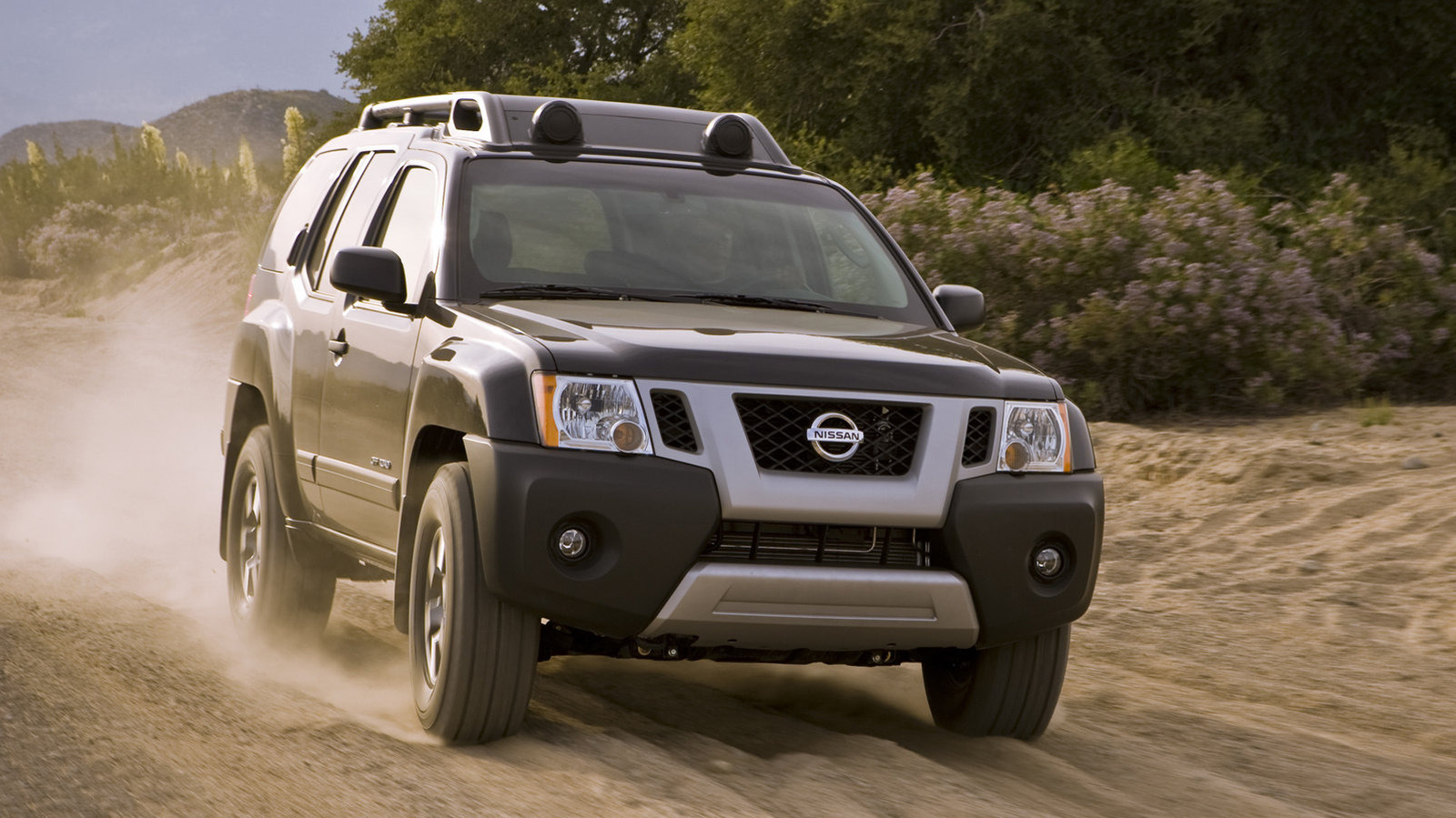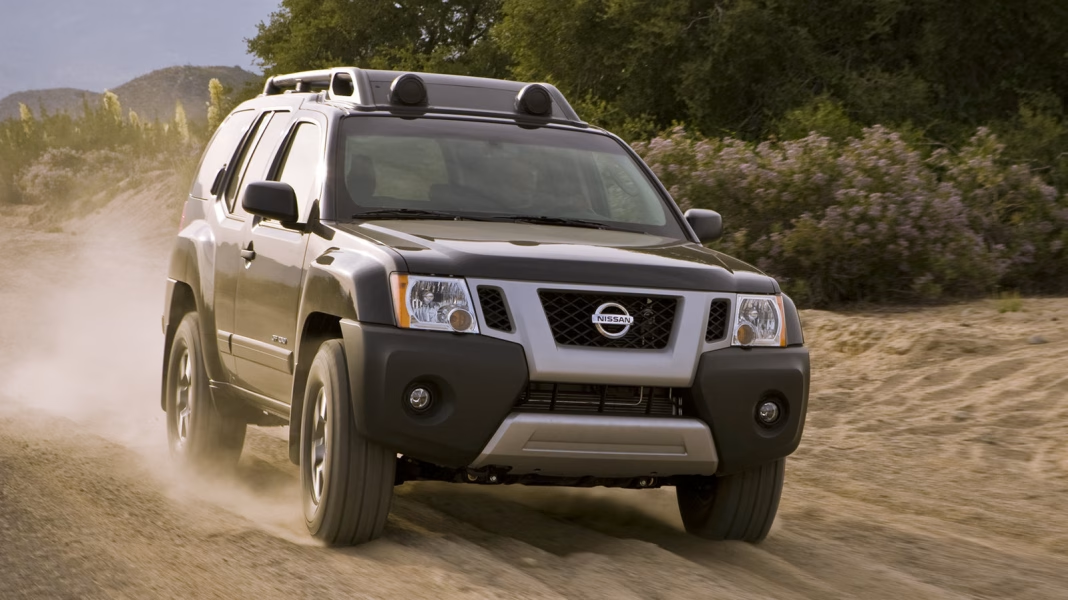Where Will the New Xterra Be Built and Why Does It Matter?
Nissan’s decision to build the new Xterra in Mississippi starting in 2028 isn’t just a footnote—it’s a strategic move with real implications for buyers and the American auto industry. By manufacturing the Xterra stateside, Nissan is doubling down on its commitment to the U.S. market, creating jobs, and likely streamlining the supply chain for North American customers. This local production could mean faster delivery times, easier access to parts, and potentially even more competitive pricing compared to imported rivals. For buyers, that’s a win-win.
What’s Under the Hood: Will the Hybrid V6 Deliver Real Power and Efficiency?
Let’s talk engines. The upcoming Xterra’s hybrid V6 is more than a nod to eco-friendliness—it’s a sign that Nissan wants to blend off-road muscle with modern efficiency. Hybrid tech has come a long way, and pairing it with a V6 suggests Nissan isn’t sacrificing power for the sake of fuel savings. Expect robust torque for trail runs and towing, but also better mileage than the gas-only SUVs of the past. If you’re used to the old Xterra’s thirsty engine, this new setup could be a game-changer for both your wallet and your weekend adventures.
Is a Plug-In Hybrid Xterra Really on the Table—and What Does 75 Miles of Range Mean?
Rumors are swirling about a plug-in hybrid variant offering around 75 miles of electric-only range. That’s a significant leap compared to most current plug-in SUVs, which often top out at 30-40 miles. For context, the U.S. Department of Transportation reports that the average daily commute is under 40 miles round-trip. In other words, many drivers could handle their weekday errands and work trips without burning a drop of gas. And when it’s time to hit the trails or take a road trip, the gas engine is there as backup. This kind of flexibility is exactly what’s been missing from the rugged SUV segment.
How Does the New Xterra Stack Up Against Today’s Off-Road SUVs?
Let’s be real: the off-road SUV market isn’t what it was a decade ago. Models like the Ford Bronco and Jeep Wrangler have set a high bar for capability and customization. But Nissan’s timing, while late to the party, might actually work in its favor. By learning from competitors’ successes and missteps, Nissan can deliver a vehicle that feels fresh and relevant. If the Xterra combines genuine trail chops with hybrid efficiency, it could carve out a unique niche—especially for buyers who want adventure without the gas station guilt.
What Can Buyers Expect in Terms of Features and Comfort?
While Nissan hasn’t spilled all the details yet, the trend in modern SUVs is clear: rugged doesn’t have to mean rough. Expect the new Xterra to offer advanced driver-assist tech, a comfortable cabin, and connectivity features that make road trips easier. Think heated seats for winter camping, wireless charging for your gadgets, and maybe even a few clever storage solutions for muddy boots and gear. Nissan knows today’s buyers want versatility, not just brute strength.
Why Is Nissan Bringing Back the Xterra Now?
It’s no secret that SUVs are hot right now, but the return of the Xterra is about more than just following trends. Nissan is betting that there’s still room for a no-nonsense, adventure-ready SUV that doesn’t compromise on efficiency. The company’s recent investments in electrification and U.S. manufacturing show it’s serious about staying relevant in a rapidly changing market. For longtime Xterra fans, this comeback feels overdue—but for new buyers, it could be perfect timing.
The Big Takeaway
The new Xterra isn’t about perfection—it’s about smarter adjustments. Nissan is blending classic off-road DNA with modern hybrid tech and American manufacturing know-how. Start with one change this week—maybe researching hybrids or planning your next road trip—and you’ll likely spot the difference by month’s end. The result? Pure magic for anyone ready to explore, without compromise.


